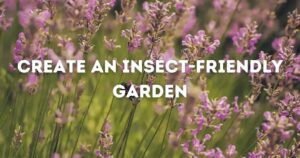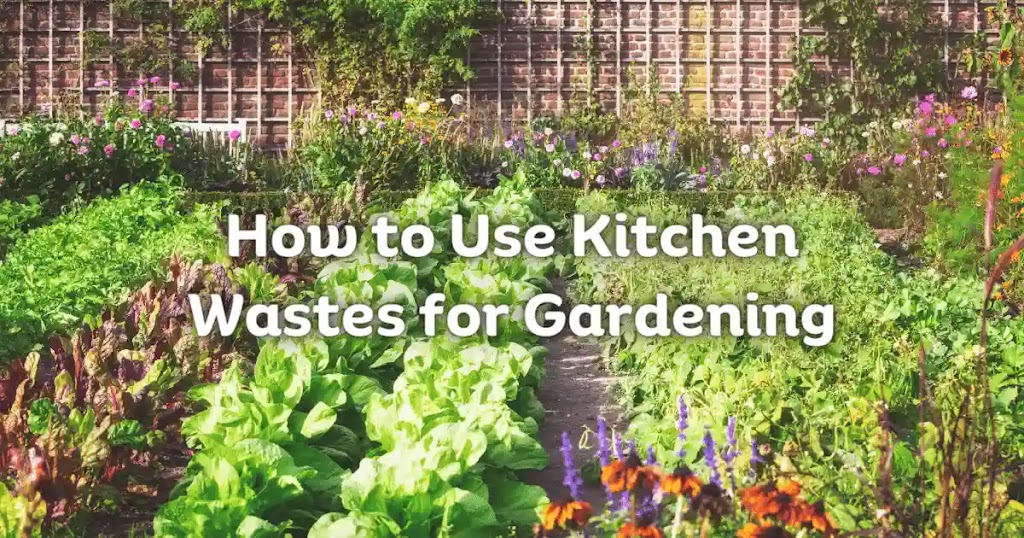Gardens are more than just a collection of plants; they’re vibrant ecosystems buzzing with life. Attracting beneficial insects to your garden is an art. It not only enhances the garden’s beauty but also promotes a healthy and thriving environment in the garden. This comprehensive guide will help you cultivate an insect-friendly garden that supports pollination and biodiversity naturally.
Importance of Beneficial Insects in Garden
Bees, butterflies, and beetles are considered beneficial insects for gardens because of their vital role in pollination. Their role in transferring pollen between flowers is crucial for the reproduction of flowering plants. It ensures fruit and seed production while fostering biodiversity within the garden. Encouraging these insects to visit and reside in your garden is key to a flourishing ecosystem.
Insect-Friendly Plants
Carefully selecting plants that attract insects to the flower is essential. Species like lavender, sunflowers, coneflowers, and marigolds are not only visually appealing but also rich in nectar. These plants attract beneficial insects to the garden. Additionally, you may consider planting a variety of flowers that bloom at different times throughout the year to provide a continuous food source for these insects.
Creating an Insect-Friendly Garden
Native plants play a vital role in supporting local insect populations. Their adaptation to the local environment makes them particularly attractive to indigenous beneficial insects. Plant a wide range of native plants in your garden to create a familiar and hospitable habitat. Moreover, offering shelter through dense foliage, dedicated insect houses, and water sources like shallow dishes or birdbaths contributes significantly to creating a welcoming environment for these insects.
Minimizing the Harm of Pesticides
The use of harmful pesticides can disrupt the delicate balance of an insect-friendly garden. Instead, explore organic and nature-friendly pest management techniques such as companion planting, introducing beneficial insects like ladybugs, and using natural repellents like neem oil. These methods protect your plants without harming the insects that are vital for pollination.
Companion Planting for a Balanced Garden
Companion planting involves strategically placing plants that deter harmful insects while attracting beneficial ones. For instance, planting mint alongside cabbage can repel cabbage pests while attracting beneficial insects like hoverflies. This practice not only maintains a natural balance in your garden but also reduces the need for chemical interventions.
Year-Round Appeal: Blooming Seasons
Plan your garden to have a succession of blooms throughout the seasons. Early bloomers like crocuses and snowdrops provide essential early-season food for emerging insects, while late bloomers like asters and sedums offer sustenance in the fall. By ensuring a continuous supply of nectar and pollen, you create an inviting environment for beneficial insects year-round.
Maintenance: Nurturing Your Garden Oasis
Routine maintenance is crucial in cultivating an insect-friendly garden. Regularly removing weeds, deadheading spent blooms, and providing adequate moisture and nutrients through composting contribute to a clean and hospitable space for beneficial insects. A well-maintained garden not only supports these insects but also fosters a healthier overall ecosystem.
Maximizing Space: Innovative Gardens for Insects
Consider innovative gardening techniques like vertical gardens or green walls to optimize space in your garden. Vertical gardens not only provide an efficient way to grow plants but also offer additional opportunities to attract beneficial insects. Creating insect-specific habitats, such as bug hotels filled with materials like straw, bamboo, and wood, or vertical gardens with a variety of flowering plants, offers new sanctuaries for these insects.
Educational Elements: Spreading Awareness
Engaging visitors with informative signage about the significance of beneficial insects in the garden ecosystem creates awareness and fosters appreciation for these tiny garden allies. Incorporating educational displays that highlight the role of bees, butterflies, and other beneficial insects in pollination and biodiversity can further enhance the educational aspect of your garden.

